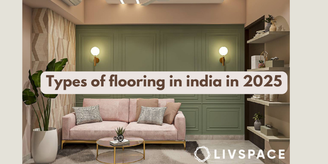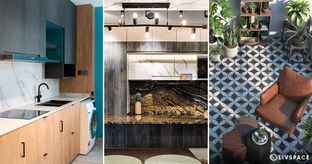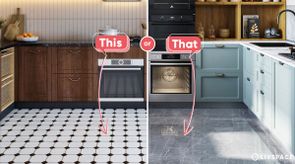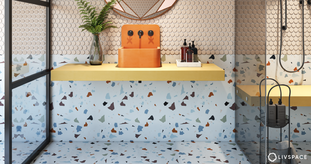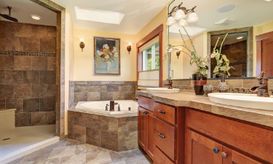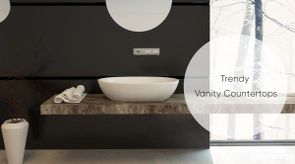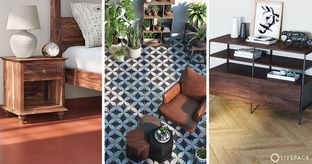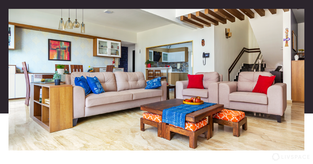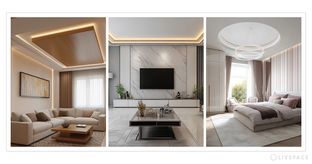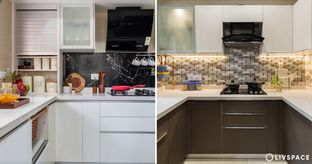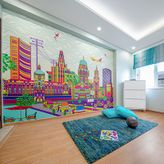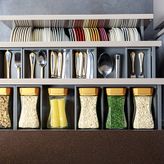In This Article
- What’s the Need for VDF Flooring?
- VDF Flooring Thickness
- What Are the Advantages of VDF Flooring?
- What Are the Disadvantages of VDF Flooring?
- What’s the VDF Flooring Price in India?
- Applications of VDF Flooring: Where Is VDF Flooring Used?
- VDF Flooring Procedure: Steps to Install This Concrete Flooring
- Fun Fact: Did You Know?
- How Can Livspace Help You?
VDF flooring, or vacuum dewatered flooring, is a construction technique we use for high traffic areas like roads, platforms and public places. It uses vacuum to remove excess water and air from the concrete. This helps increase the tensile strength, abrasion resistance and durability of floors. It is also known as Tremix or Trimix flooring.
What’s the Need for VDF Flooring?
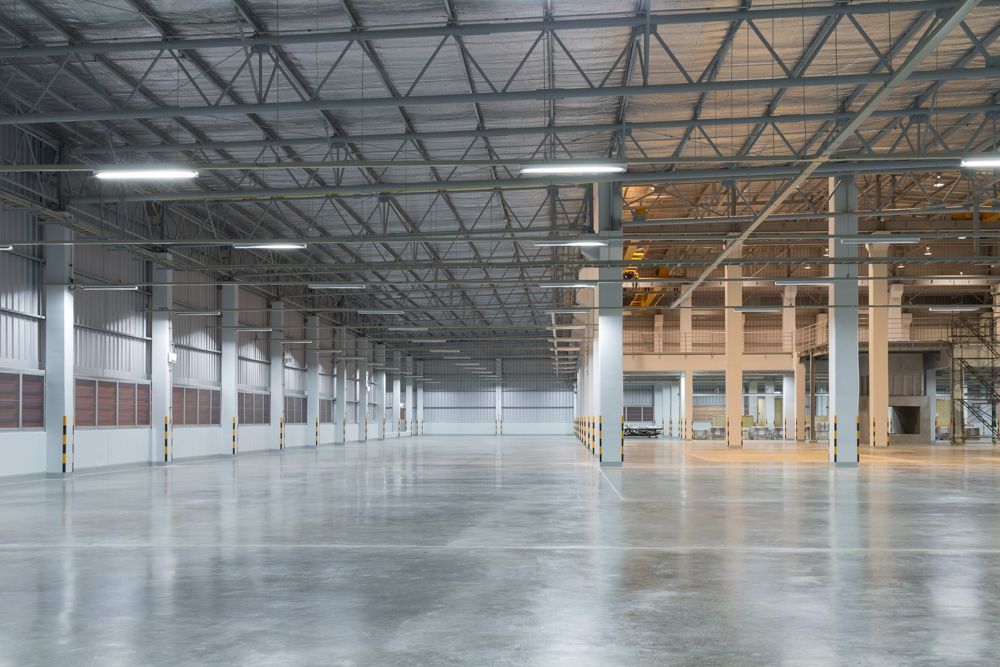
Using conventional concrete flooring for high traffic areas and large spaces exposed to hot weather can cause several issues. These can include dry shrinkage, floor warping, poor finishing and excessive load on concrete. Thus, it can impact durability and longevity.
VDF flooring helps address the shortcomings of concrete flooring by reducing the water-cement ratio to an optimum level. VDF flooring can help you ensure cost-effectiveness, strength and high quality by mitigating these issues:
- Plastic shrinkage cracking, which can happen as a result of surplus water
- Reduced durability, due to excessive bleeding of concrete
- Evaporating of water in the concrete, consequently impeding mixing, placing and consolidation of flooring
- Hot and windy weather, where VDF produces a smoother finish as compared to ordinary concrete flooring
Also Read: What Is IPS Flooring in India?
VDF Flooring Thickness
The minimum thickness required for VDF flooring details is 125 mm.
What Are the Advantages of VDF Flooring?
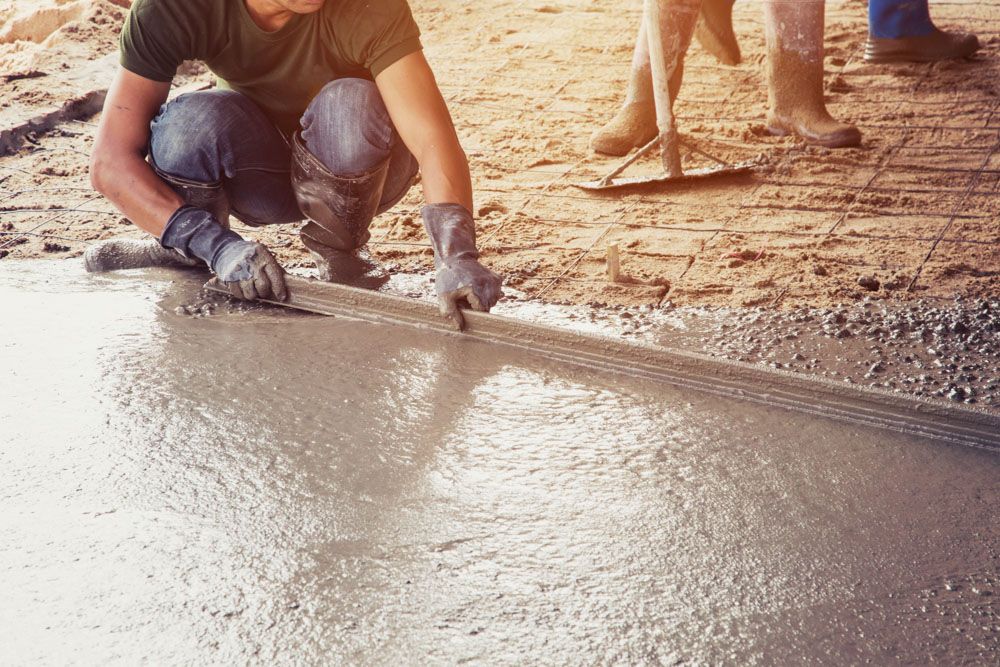
In addition to VDF flooring being a cost-effective and time-efficient compaction technique, here are the advantages that make tremix concrete flooring a clear winner:
- Faster Construction: It can ensure a faster construction timeline. It removes surplus water from the concrete mix faster than traditional concrete flooring methods
- Uniform Surface Finish: As the tremix flooring compaction system removes surplus water, the resultant slab has a smoother finish, with no air or water bubbles
- Reduced Cracking: When you drain excess water out of the concrete mix, you consequently reduce the chances of shrinkage or crack formations
- Energy Efficiency: This technique uses vacuum to clear excess water, which makes it a more energy-efficient method, in comparison to other concrete flooring methods
- Increased Strength & Durability: Removing excess water also increases strength as it reduces the chances of freeze-thaw damage considerably
- Low Maintenance: Because compressive strength is increased, maintenance costs are reduced
What Are the Disadvantages of VDF Flooring?
Though vacuum-assisted flooring is superior to traditional concrete flooring methods, it has some drawbacks:
- High investment cost initially
- Specialised equipment and VDF flooring machine required
- Skilled personnel required for application
- Power required for the dewatering process
What’s the VDF Flooring Price in India?
Generally, VDF flooring price is around ₹90/sq. ft.* inclusive of VDF labour charges. Moreover, VDF flooring labour rate can vary from location to location, depending on several factors like availability and expertise.
*These prices are for your reference only. Prices can vary according to market conditions and other factors
Applications of VDF Flooring: Where Is VDF Flooring Used?
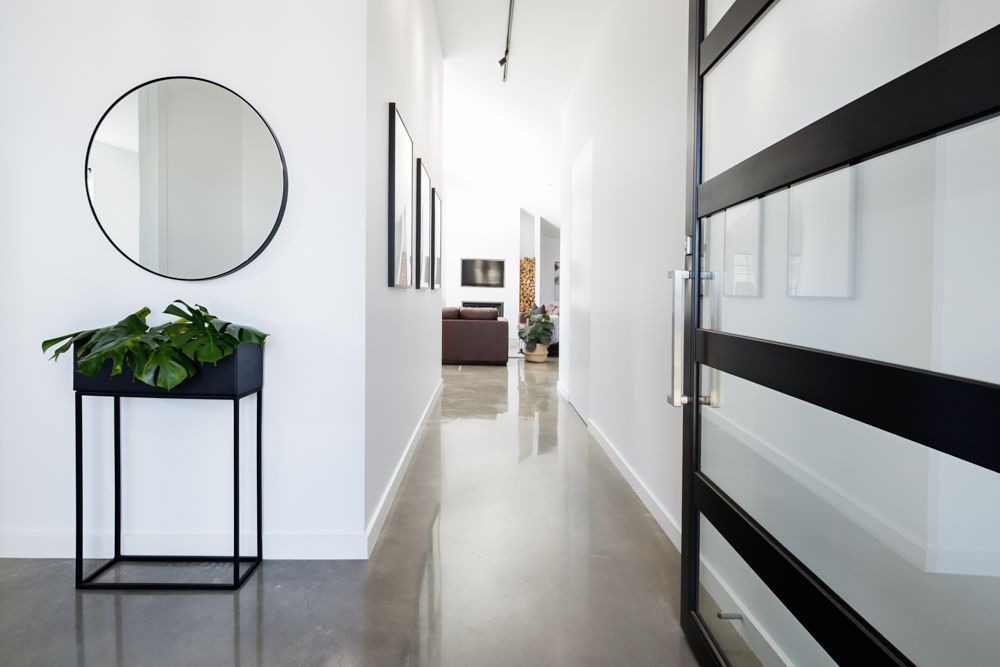
- Public Spaces: It’s used in public spaces that see constant movement of people. For instance, schools, hospitals, and government buildings use VDF to create a safe floor surface
- Industrial Spaces: VDF can be used in areas that see a lot of heavy-duty movement and abrasion, such as warehouses, manufacturing units and other general industrial settings
- Residential Areas: Homes and apartments can also use tremix flooring technique as tremix floors are really low-maintenance
- Parking Garages: VDF concrete flooring can create smooth and leveled floors in parking garages, built for enduring heavy-duty movement of vehicles
- Retail spaces: Stores and malls also use vacuum dewatered flooring. It’s a durable and attractive floor that can withstand heavy foot traffic
Also Read: What Is the Cost of Hiring an Interior Designer? A Definitive Guide
VDF Flooring Procedure: Steps to Install This Concrete Flooring
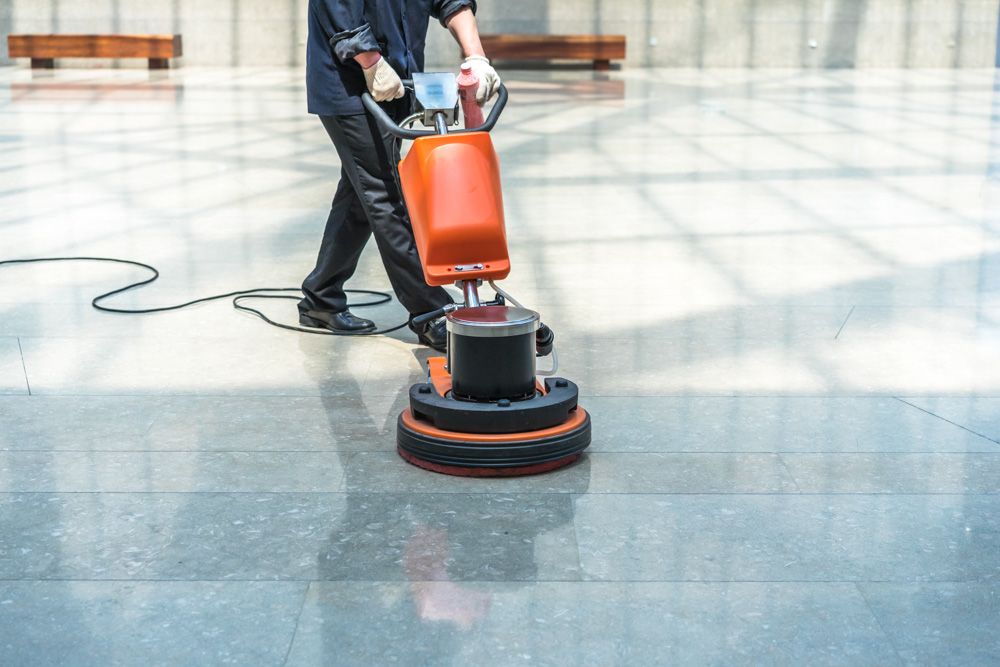
The vacuum dewatered flooring process is used to improve surface density, flatness accuracy and compressive strength of concrete floors. Quite similar to a “dry shake” hardener, a tremix flooring procedure includes the following steps:
- Preparing the concrete surface: Firstly, the concrete is placed correctly and finished with a smooth, level surface. Secondly, any excess water is removed from the surface using a squeegee or a broom.
- Mix the floor hardener: Next the floor hardener is mixed. Generally, it involves mixing water with the dry powder to create a uniform slurry.
- Apply the floor hardener: The floor hardener is then spread evenly over the surface of the concrete using a shovel or a spreader.
- Vibrate the surface: Next, a vibrating screed or hand-held vibrator is used to compact the floor hardener. This helps in ensuring uniform coverage throughout.
- Vacuum the surface: Next, all excess water and hardener is removed from the surface of the concrete by using a wet/dry vacuum. It helps to prevent ponding and ensures that the hardener is evenly spread.
- Cure the surface: Like traditional concrete flooring, the concrete is then allowed to be cured before using it. Typically, this involves keeping the surface moist and covered for some time.
- Finish the surface: Post curing, finishing processes like grinding, polishing, or applying a sealer are undertaken.
Note: The VDF procedure guide and the specific steps may vary depending on the project and the VDF machine being used.
Fun Fact: Did You Know?
So, by now, you know tremix flooring is used to remove excess air and water for increased durability and strength. But did you know that we at Livspace ensure the same for modular products? In other words, we use AquaBuild Technology and AirBubble Technology to ensure high-quality and longevity for all our modular products.
Want to know more? See these videos for your reference:
How Can Livspace Help You?
- You can expect a well-designed plan along with 3D renders
- We cut no corners in terms of the quality of work and materials
- Our labour force is trained to support even the trickiest of renovations
If you want to design your dream home or renovate your commercial space, book an online consultation with Livspace today.

